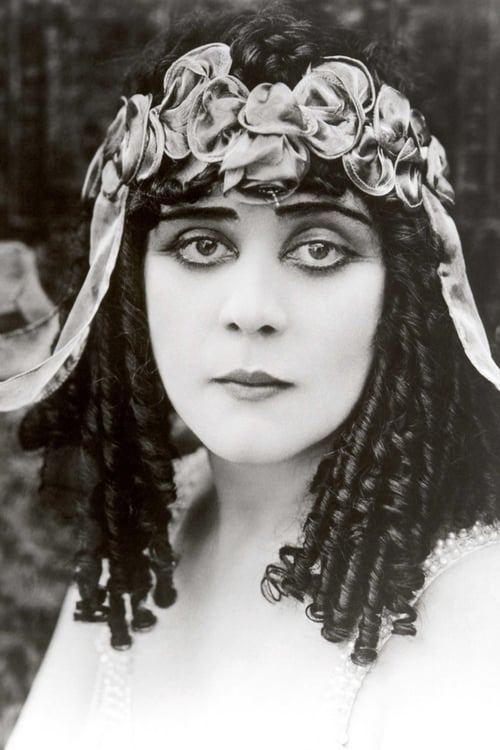
From Wikipedia Theda Bara (born Theodosia Burr Goodman, July 29, 1885 – April 7, 1955) was an American silent film and stage actress. Bara was one of the most popular actresses of the silent era, and one of cinema's earliest sex symbols. Her femme fatale roles earned her the nickname The Vamp (short for vampire). Bara made more than 40 films between 1914 and 1926, but most are now lost because t...
Explore all movies appearances
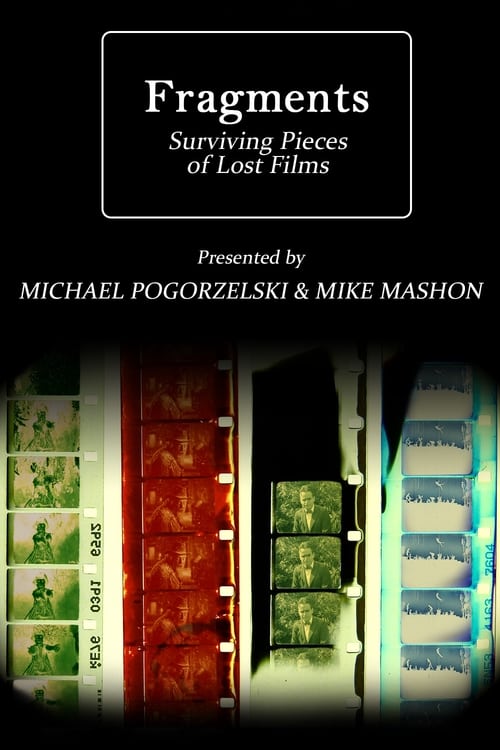
Among the pieces featured in Fragments are the final reel of John Ford's The Village Blacksmith (1922) and a glimpse at Emil Jannings in The Way of All Flesh (1927), the only Oscar®-winning performance in a lost film. Fragments also features clips from such lost films as Cleopatra (1917), starring Theda Bara; The Miracle Man (1919), with Lon Chaney; He Comes Up Smiling (1918), starring Douglas Fairbanks; an early lost sound film, Gold Diggers of Broadway (1929), filmed in early Technicolor, and the only color footage of silent star Clara Bow, Red Hair (1928). The program is rounded out with interviews of film preservationists involved in identifying and restoring these films. Also featured is a new interview with Diana Serra Cary, best known as "Baby Peggy", one of the major American child stars of the silent era, who discusses one of the featured fragments, Darling of New York (1923).
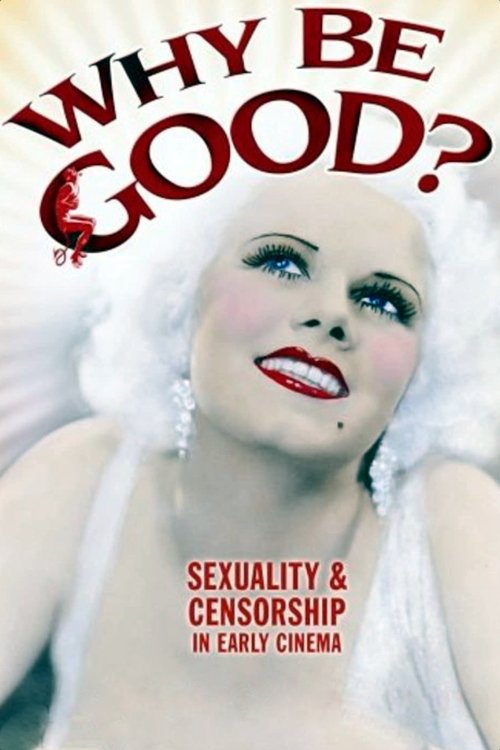
Before the G, PG and R ratings system there was the Production Code, and before that there was, well, nothing. This eye-opening documentary examines the rampant sexuality of early Hollywood through movie clips and reminiscences by stars of the era. Gloria Swanson, Mary Pickford, Marlene Dietrich and others relate tales of the artistic freedom that led to the draconian Production Code, which governed content from 1934 to 1968. Diane Lane narrates.
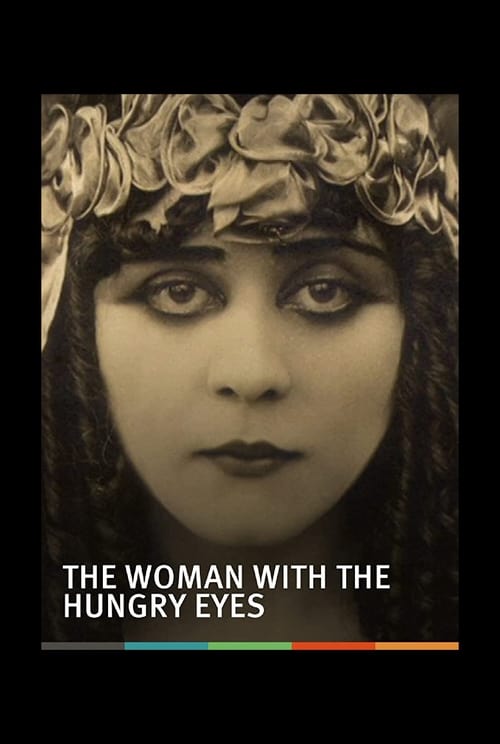
The true story of the life of the movies first femme-fatale, Theda Bara, who made over 40 films, only a handful of which survive. Born in America, her film producers insisted she was an exotic foreigner, born in Egypt. Her most famous film was "Cleopatra" (Fox, 1917).

A "March of Time" presentation of the evolution of movies compiled primarily from film clips of silent movies through the early sound pictures to the present (1939) date. Industry executives such as Jack and Harry Warner, Walt Disney, Cecil B. DeMille, et al are seen taking bows in the live (non-archive) footage.
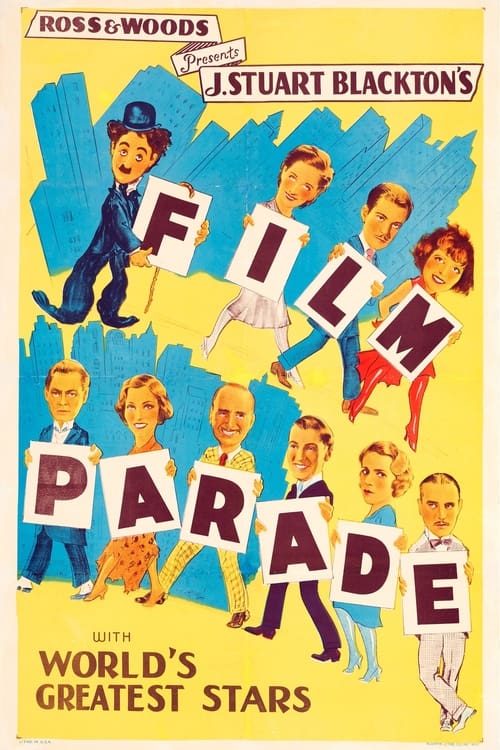
Pioneer filmmaker J. Stuart Blackton was intrigued by the idea of a film about the history of the movies as early as 1915. He finally released a 52-minute feature called The Film Parade that was shown in New York and favorably reviewed by "Variety" in 1933. He continued tinkering with the film for the rest of the decade, and later filmmakers and distributors used Blackton's footage for stock or to produce their own variously titled and truncated versions. -UCLA Film & Television Archive
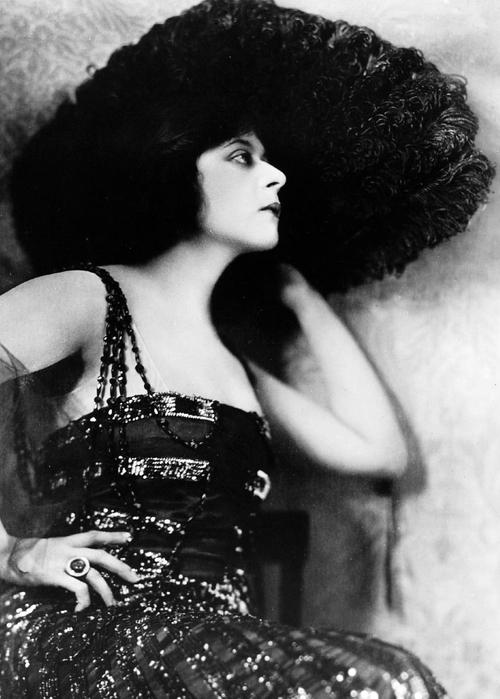
Stars of Yesterday documentary film.
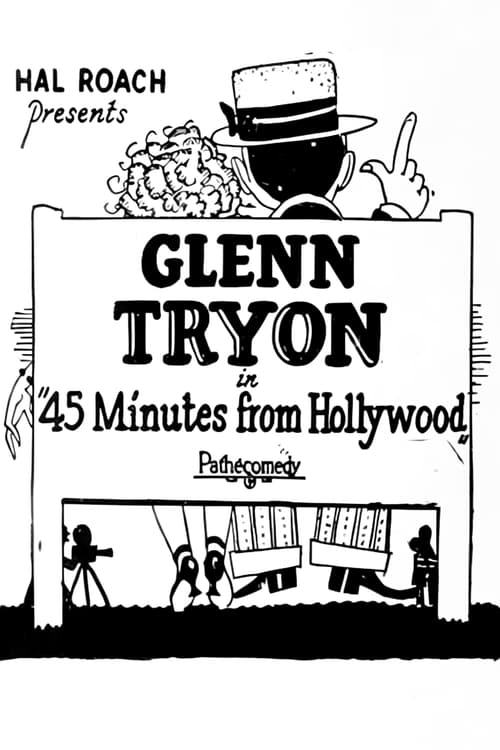
A young man visiting Hollywood on family business gets into trouble when he sees a bank robbery in progress, and thinks it is a movie scene.

A female secret agent has gotten ahold of a new type of explosive gas. She has to avoid the efforts of two men who are trying to steal it. They succeed in doing so, but the gas turns out to be not quite what they expected.
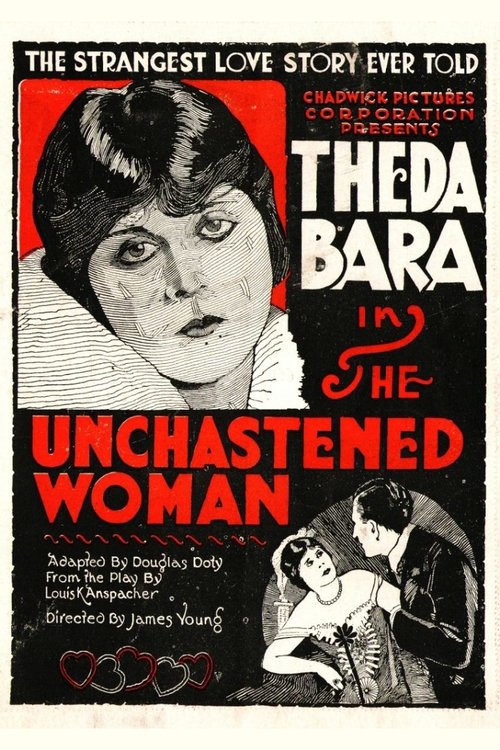
When she goes to tell her husband Hubert that she is expecting a child, Caroline Knollys finds him in the arms of another woman. Caroline leaves him and, not telling him of her pregnancy, runs off to Europe where she has her child and becomes the toast of European society. Then she returns to settle with her husband once and for all.

Kathleen, the daughter of a poor tenant farmer, dreams of her wedding with her beloved Terrence. The dream is interrupted when the Squire of the estate takes an interest in Kathleen and forces her father to allow him to marry her to forgive the father's debt.
Subscribe for exclusive insights on movies, TV shows, and games! Get top picks, fascinating facts, in-depth analysis, and more delivered straight to your inbox.